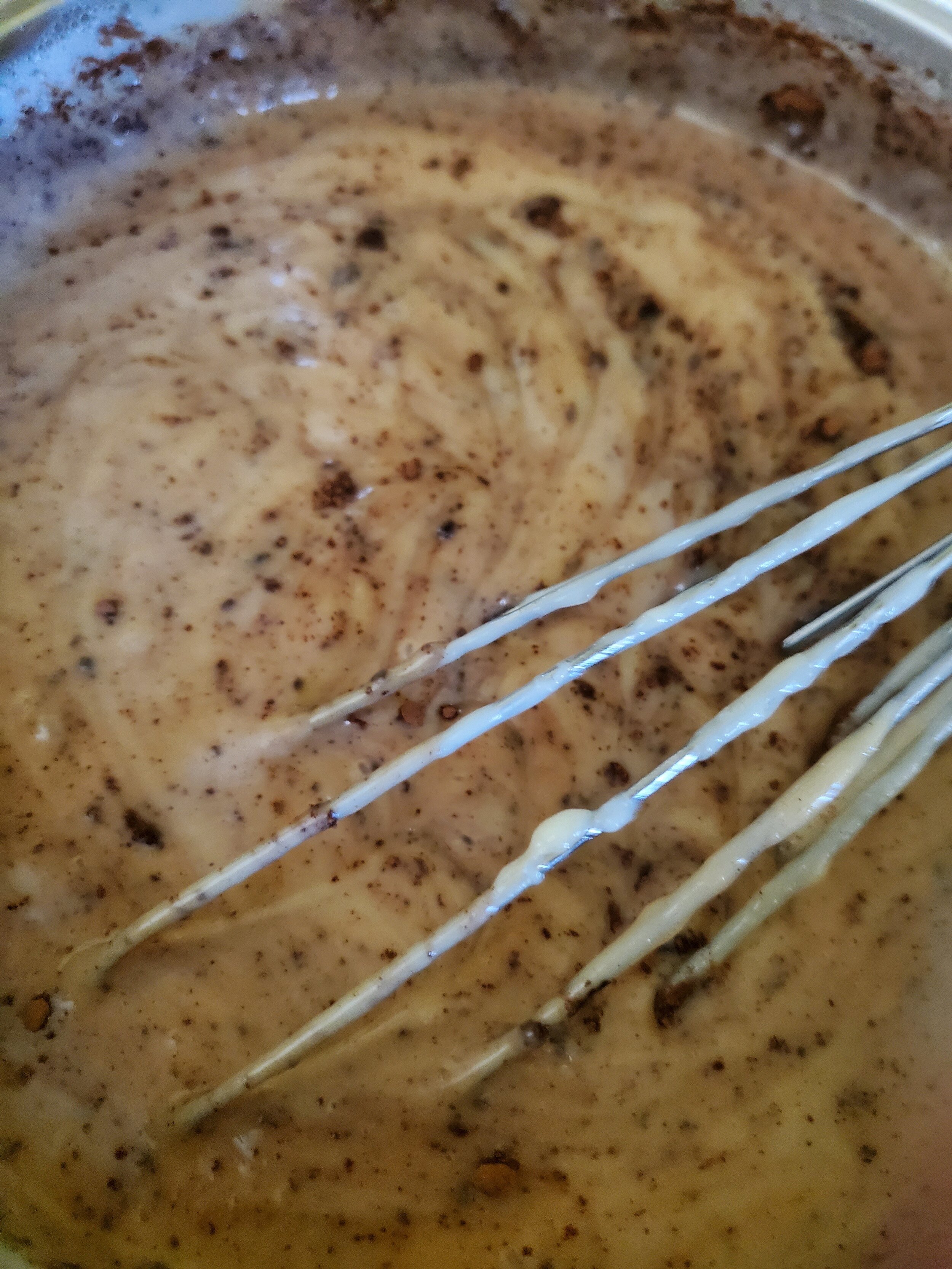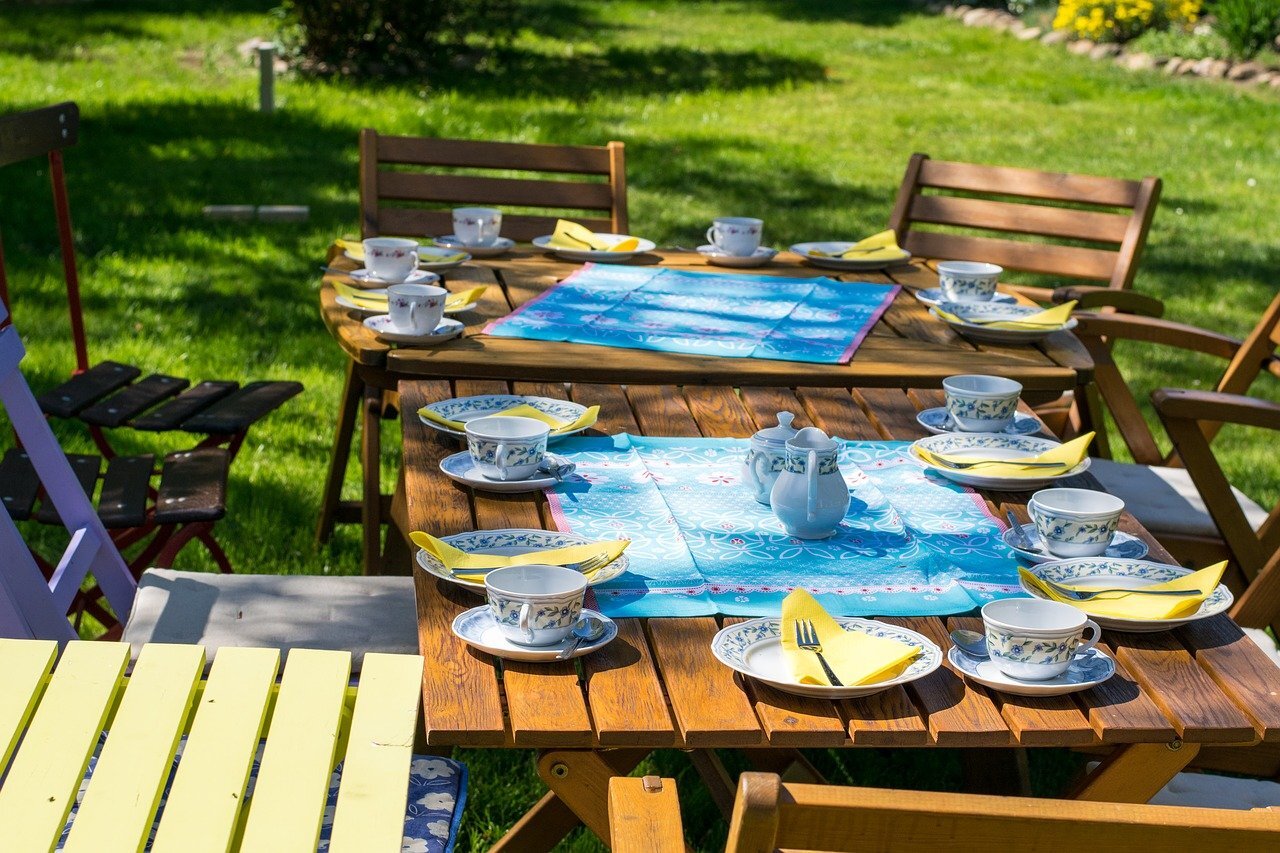A filling dinner for any night
We know it sounds weird. We thought it sounded weird. But after trying it, you'll see it's really not, we promise!
The best part is that it all comes together with a minimum of fuss and mess if you do a little of the prep work the day before, and you'll even have a little left over for later!
You'll need some pantry staples, some fresh produce and a little bit from the store. Feel free to play with the ingredients a little until you get the consistency or the aroma you like best. Take our mix here as a suggestion - a starting point, if you will.
Ingredients
2 small sweet potatoes
2 cups cooked dry beans (black or pinto - avoid garbanzo and kidney)
1/4 of one sweet onion
2 cups salsa
10 corn tortillas
8 ounces shredded cheese
1 Tablespoon butter (salted)
1/2 teaspoon cumin
1/2 teaspoon onion powder
1 teaspoon chili powder
1/2 teaspoon dry chopped chives
1 teaspoon parsley
1 teaspoon Adobo (can substitute favorite taco seasoning)
2 Tablespoons minced garlic
1/2 teaspoon salt
1/2 teaspoon black pepper
Optional suggestions (for cooking beans):
1 bay leaf
2 tsp garlic powder
Tools:
Aluminum foil, rimmed baking pan, colander, potato masher, knife, cutting board, spoon, fork, spatula, measuring spoons, two covered microwave-safe bowls, two plates or a tortilla keeper.
The day before you want to make your enchiladas, you'll want to soak and cook your dry beans and roast your sweet potatoes. The beans will take about two hours on the stovetop or four in the crock pot - or if you have an instant pot, they'll take almost exactly as long as the potatoes (40 minutes on high, followed by natural decompression). We like to add a bay leaf and some garlic powder while the beans are cooking, but this is entirely optional. When they're done, rinse and drain the beans and refrigerate overnight in a covered container. Or you can skip all this and just crack open two cans of already prepared beans tomorrow, as long as you'll still have time to rinse and drain them.
Jab your sweet potatoes a few times with a fork, wrap them in foil and place them in the oven. It's fine if they're directly on the rack as long as the wrap is sealed. They do have a tendency to ooze a little bit, so if they're loosely wrapped, you might consider putting them on a baking sheet to save yourself the cleanup later. Let them roast in there at 400 for an hour and twenty minutes. Refrigerate overnight in their wrap.
Enchilada day!
Pull the potatoes and beans from the fridge. Reheat the beans on medium in the microwave, in a covered dish. Skin the sweet potatoes and chop them into chunks, and put them in the other microwave safe dish. Mash them to the desired consistency (we like lumps, but you may not) with your potato masher, or make one of the kids do it.
Chop your onion (again, to desired size) and add it to the sweet potatoes. Measure your spices into this bowl, too - the cumin, chili powder, garlic, Adobo or taco seasoning, onion powder, chives, parsley, salt and pepper. Give everything a good stir and make sure you're not leaving lumps of garlic all clumped together along one edge. Sure, garlic is great, but if it's not thoroughly incorporated, it tries to take over the flavor of the dish.
Once it's all mixed, drop in that tablespoon of butter, cover the dish and swap it with the beans. Heat it for thirty seconds at a time until it's nice and warm, and stir in the butter that's now melted in a little well on top of it.
Flip the bowl of beans into the bowl of sweet potatoes and stir like your life depends on it. Just kidding. Maybe don't get too aggressive with it, because we weren't looking to puree the beans here.
Once it's well-mixed, take your ten corn tortillas and put them in a tortilla keeper or drop them on a microwave safe plate. Invert another plate on top of it and put them into the microwave for 30 seconds. Don't remove the upper plate or the tortilla keeper lid until you go to grab a tortilla and roll an enchilada.
Now is a good time to grab the cheese from the fridge and to line your pan with foil. You can leave the tortillas in the microwave for a minute or two as long as it's not running. Please do not zap them for more than half a minute! Any longer and you'll dry them out. You really need them to stay soft and pliable for this.
Pour some of your salsa into the bottom of the pan - maybe half a cup to one cup, depending on the size of the pan - and use a spoon to smear it around a little bit. You want something sticky so your enchiladas stay where you put them instead of falling open and spilling the good stuff all over the pan.
Preheat your oven to 400 (yes, again).
Grab your first tortilla, put the cover back on the others, sprinkle in some cheese and drop a big blob of filling into the center (usually about 1/4 cup at a time). Leaving the ends open, roll it up and place it seam side down in the pan. Repeat until the pan is full or you run out of filling or tortillas.
Once they're all in the pan, sprinkle your remaining cheese over them and drizzle the remaining salsa on top. Spread it all around with the spoon so that everything has at least a thin layer of salsa and/or cheese on it - anything left exposed risks being scorched.
Put the pan into the oven and bake uncovered for half an hour. Allow it to cool for five minutes before you get a spatula in there so the tortillas have time to firm back up a bit. Enjoy with a salad or a side of rice.
Now that you’ve tried it, what do you think? Delicious, right? Let us know over on our Facebook page. We’d love to hear from you.
If you need something to pair with this, or you’re really looking to go all out check out this recipe from our archives.














